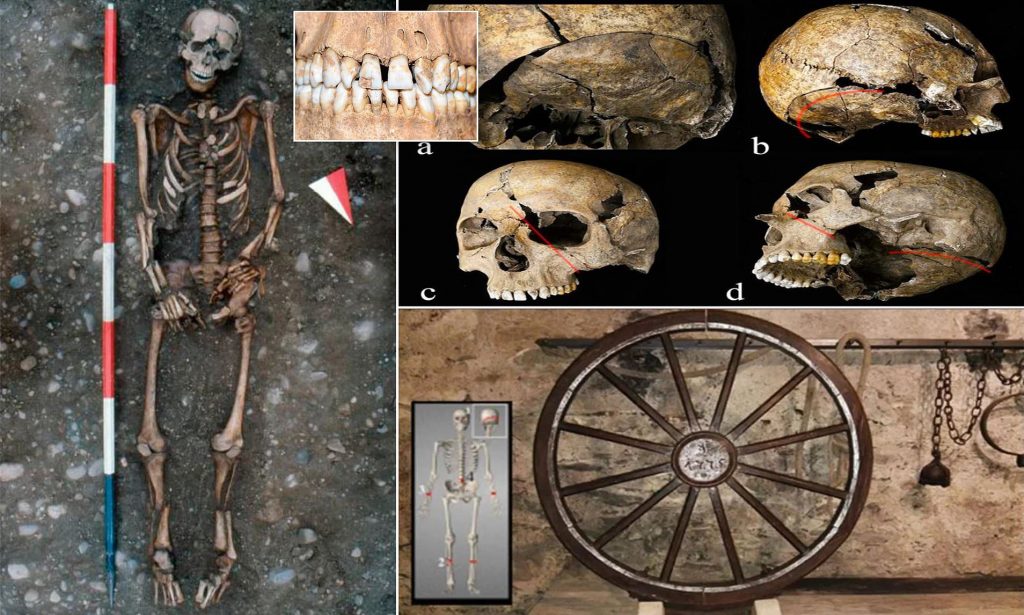In 2018, a team of archaeologists discovered the skeleton of a man who had seemingly replaced his amputated hand with a knife at the Longobord Necropolis in the north of Italy. Now, an in-depth study of this peculiar case has been published in the Journal of Anthropological Sciences. It includes observations related to the replacement of the arm with a knife and defects in teeth.
The skeleton dates back to the 6th to 8th centuries CE. They found many other skeletons as well at the Longobard necropolis, including hounds and horses.
Archaeologist Ileana Micarelli of Sapienza University in Rome was there with researchers. They determined that the hand of that Italian man had to be amputated due to some reason. It may be a removal of the hand by some blunt force or it may be cut for some medical reasons. It may have been broken due to some accidental fall resulting in an unhealable fracture. This information has been mentioned by them in their paper of the Journal of Anthropological Sciences.
On closer observation, some biomechanical pressure seemed to be there, reshaping both bones to form a callus. Some sort of pressure that might have been applied by an adjustment was also revealed. Further observation and evidence on the skeleton support this evidence. A huge loss of enamel from man’s teeth was also observed. It was found that he was probably utilizing his teeth to tighten the straps that held it in place. The same evidence was also shown by his shoulder too as it was having a C – shaped ridge of bone.
All other burials were having their arms along with the weapons lying around, But this man was not having one. He was having his right arm bent at the elbow, and the arm laid across his torso. There was a knife blade next to it. Archaeologists found a D-shaped buckle and decomposed material at the amputation site. It was indicating a leather cap over the damaged limb and a buckle for fastening. And it seemed clear from the advanced healing of the bone that man has lived for a long time after his hand had been amputated.

